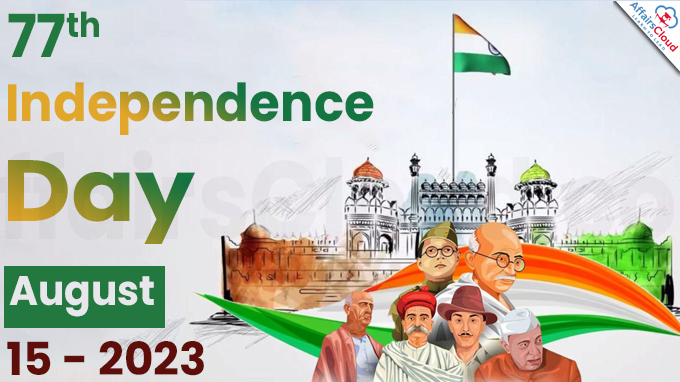
Hasrat Mohani was the first person in Indian History who demanded 'Complete Independence' (Azadi-e-Kaamil), at the 1929 session of the Indian National Congress, the Purna Swaraj declaration, or "Declaration of the Independence of India" was promulgated, and 26 January was declared as Independence Day in 1930.[8] The Congress called on people to pledge themselves to civil disobedience and "to carry out the Congress instructions issued from time to time" until India attained complete independence.
Celebration of such an Independence Day was envisioned to stoke nationalistic fervour among Indian citizens, and to force the British government to consider granting independence.[10]: 19 The Congress observed 26 January as the Independence Day between 1930 and 1946. The celebration was marked by meetings where the attendants took the "pledge of independence". Jawaharlal Nehru described in his autobiography that such meetings were peaceful, solemn, and "without any speeches or exhortation".
Gandhi envisaged that besides the meetings, the day would be spent " ... in doing some constructive work, whether it is spinning, or service of 'untouchables,' or reunion of Hindus and Mussalmans, or prohibition work, or even all these together".
Following actual independence in 1947, the Constitution of India came into effect on and from 26 January 1950; since then 26 January is celebrated as Republic Day.
Immediate background
In 1946, the Labour government in Britain, its exchequer exhausted by the recently concluded World War II, realised that it had neither the mandate at home, the international support nor the reliability of native forces for continuing to maintain control in an increasingly restless India.On 20 February 1947, Prime Minister Clement Attlee announced that the British government would grant full self-governance to British India by June 1948 at the latest.